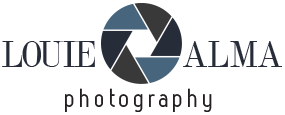120 days before Walt Disney Studios Park transforms into Disney Adventure World with the opening of Adventure Way— a majestic new main avenue featuring entertainment, a brand-new attraction inspired by the Walt Disney Animation Studios film Tangled, 14 new dining locations — and the debut of an immense lake called Adventure Bay, with a breathtaking nighttime spectacular. The highlight of this expansion, the impressive brand-new World of Frozen, will fully immerse guests into the heart of the iconic films. The Kingdom of Arendelle, recreated on a life-size scale, will feature a new family-friendly attraction, a daytime show, a royal encounter with queens Anna and Elsa, interactions with beloved characters including a true-to-size Olaf made possible thanks to next-generation robotic figures demonstrated today by Walt Disney Imagineering team, a tavern, and shops. This monumental expansion is set to captivate and amaze guests at every turn.





